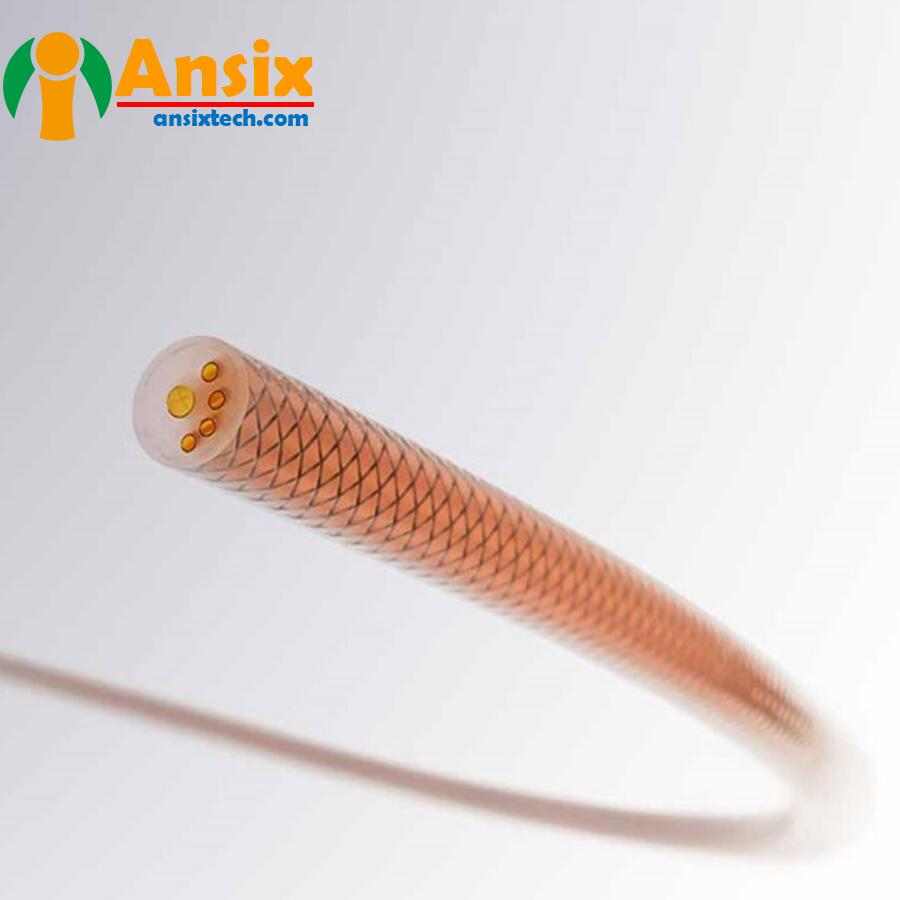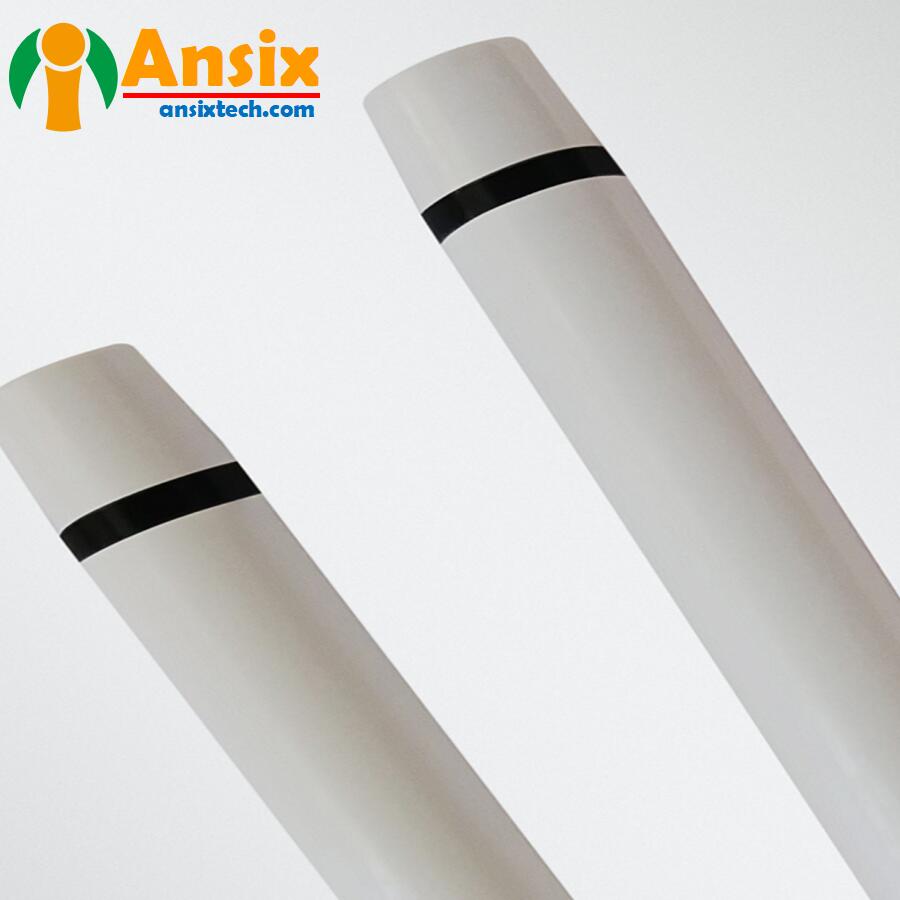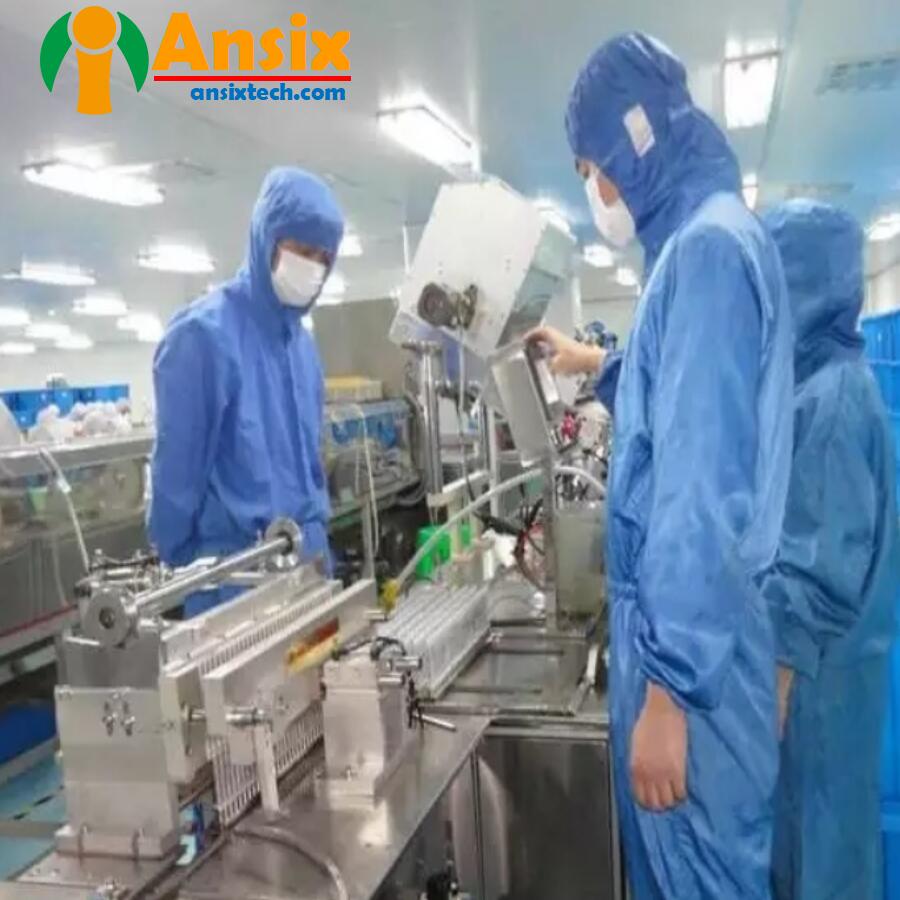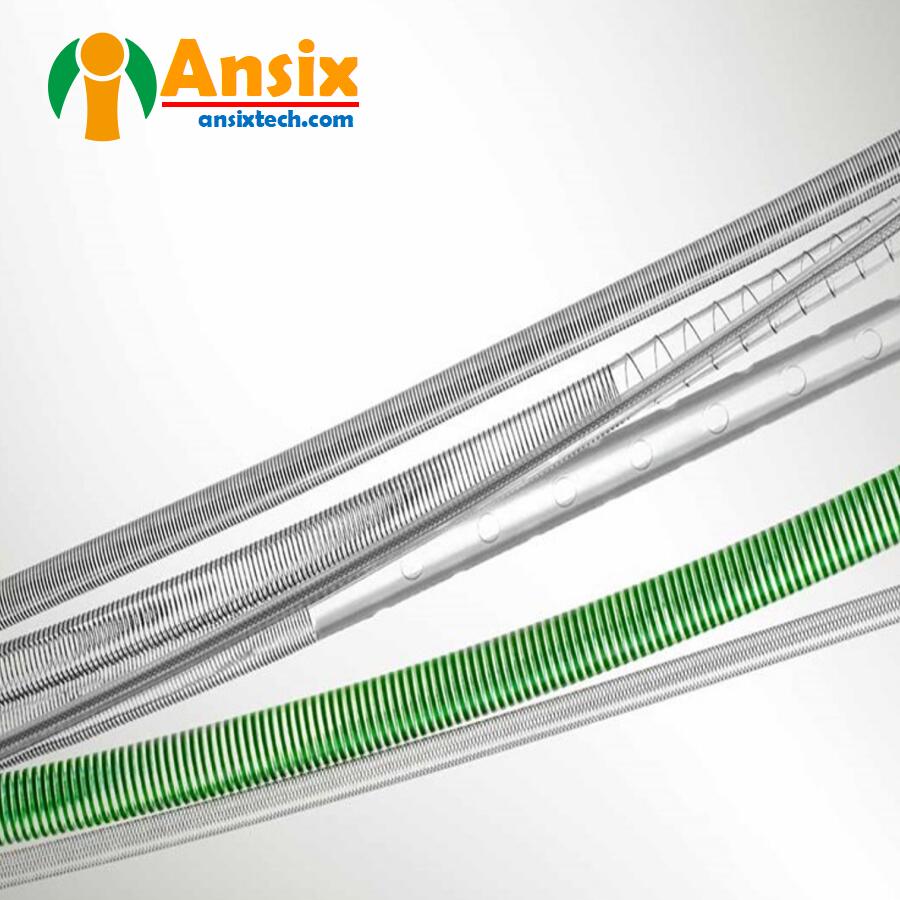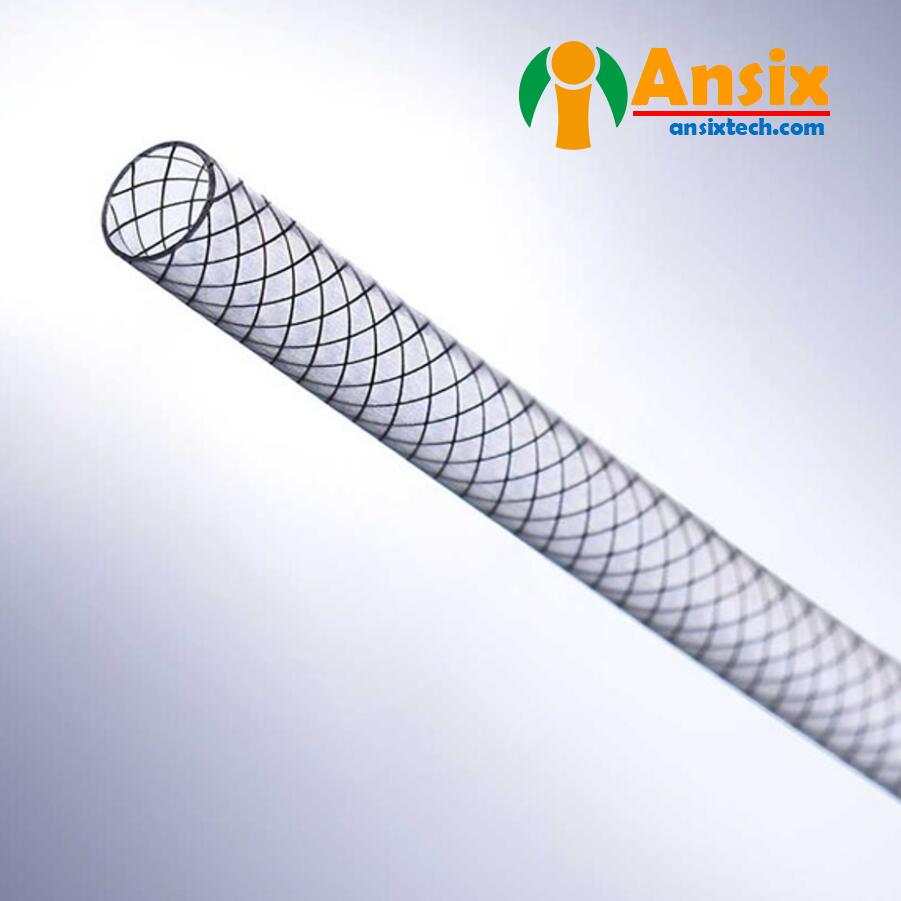Reinforced Shafts
FEATURES
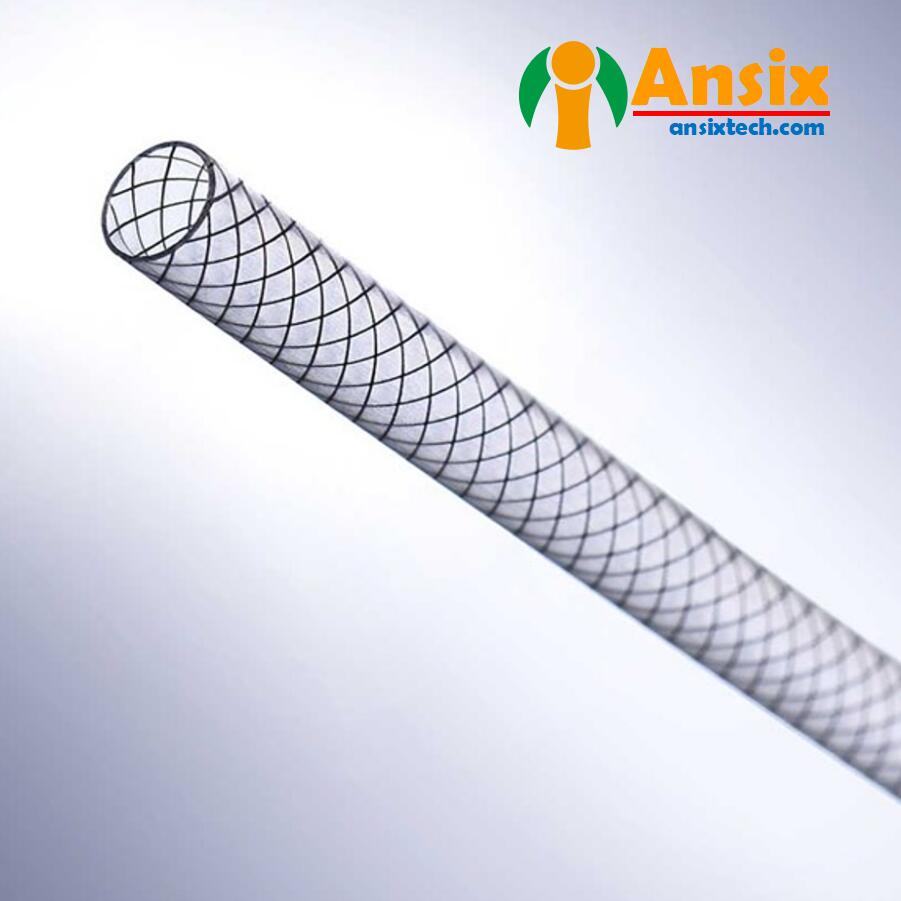
- Reinforced Shafts for Medical
The design and manufacturing of medical reinforced shafts need to take into account the special requirements of medical equipment and instruments, such as biocompatibility, corrosion resistance, dimensional accuracy, etc. They usually need to comply with relevant medical industry standards and regulations, such as ISO 13485 quality management system certification, etc.It should be noted that the design and manufacturing of medical reinforced shafts should be carried out by professional medical device manufacturers or suppliers to ensure that they comply with the requirements and standards of the medical industry and provide high-quality and reliable products.Coil Reinforced Composite Shaft is a special shaft material composed of composite materials and coils. This shaft material structure is designed to provide increased strength and stiffness to meet the requirements of a specific application.The structure of a coil-reinforced composite shaft usually includes the following parts:Composite material outer layer: The composite material outer layer is composed of fiber reinforced materials (such as carbon fiber, glass fiber, etc.) and a resin matrix. Composite materials have the advantages of high strength, light weight and corrosion resistance, and can provide the strength and stiffness required in shaft materials.Internal Coils: Coils are metal coils embedded in the outer layer of composite material. Coils are usually made of high-strength metal materials (such as steel, titanium, etc.) and are used to increase the stiffness and torsional strength of the shaft material.Resin matrix: The resin matrix is the adhesive between the composite outer layer and the coil. It provides bonding and support between the composite outer layer and the coil, ensuring the overall performance of the shaft material.The design and manufacture of coil-reinforced composite shafts needs to take into account application-specific requirements such as torsional strength, stiffness, weight, etc. They are often used in applications that require high strength and stiffness, such as aerospace, automotive, machinery, etc.It is important to note that the design and manufacturing of coil-reinforced composite shafts should be carried out by professional engineers and manufacturers to ensure that they meet the requirements of the specific application and provide a high-quality and reliable product.
Medical Braided Catheter Capabilities
Medical Braided Catheter is a catheter used in the medical field and has a variety of functions and applications. Here are some common features of medical braided catheters:Guidance function: Medical braided catheters are used to guide and guide other medical devices or tools, such as guide wires, catheters, balloons, etc. It helps doctors accurately locate and operate in blood vessels or other body cavities.Delivery function: Medical braided catheters can be used to deliver drugs, liquids or gases to specific parts. It delivers medications or fluids through channels inside the catheter to the area that needs treatment or diagnosis.Detection function: Medical braided catheters can be integrated with sensors or probes to detect and monitor physiological parameters, such as blood pressure, temperature, blood oxygen saturation, etc. These catheters can provide real-time physiological data to help doctors make diagnostic and treatment decisions.Support function: Medical braided catheters are usually flexible and elastic and can provide support and stability in blood vessels or other body cavities. They can be used to expand narrow blood vessels or organs, such as vascular stents, cardiac catheters, etc.Drainage function: Medical braided catheters can be used to drain fluids or gases, such as chest drainage tubes, urine drainage tubes, etc. They can help remove abnormal fluid or gas from the body.The function and application of medical braided catheters depend on the specific design and manufacturing. They are usually made of flexible materials such as polymers, metal wires, etc., and are formed into specific structures through braiding or braiding techniques. The design and manufacturing of medical braided catheters need to take into account biocompatibility, material selection, dimensional accuracy and other factors to ensure their safe and effective use in medical environments.
- Lubricious / Low Friction Catheter Solutions for AnsixTechLubricated/low-friction catheter solutions are designed to reduce friction and resistance during catheter use, providing a smoother catheter insertion and operation experience. Here are some common lubricated/low friction catheter solutions:Lubricating coating: The surface of the catheter can be coated with a lubricating coating, such as silicone oil, polytetrafluoroethylene (PTFE), etc. These lubricating coatings can reduce friction between the catheter and tissue or other surfaces, making the catheter easier to insert and move.Lubricant injection: Before catheter insertion, lubricant, such as physiological saline, lubricating gel, etc., can be injected through the channel inside the catheter. These lubricants can form a lubricating film between the catheter and tissue, reducing friction and resistance.Low-friction materials: The catheter can be made of low-friction materials, such as polytetrafluoroethylene (PTFE), polyethylene (PE), etc. These materials have a low coefficient of friction, which reduces friction between the catheter and tissue.Fiber coating: The surface of the catheter can be coated with fiber materials, such as nanofibers, nanocoatings, etc. These fiber coatings create tiny bumps that reduce the contact area between the catheter and tissue, thereby reducing friction.Gas lubrication: In some specific applications, gas lubrication can be used to reduce friction and resistance of the catheter. For example, during endoscopic surgery, friction between the catheter and tissue can be reduced by introducing a gas, such as carbon dioxide.AnsixTech has decades of experience in manufacturing minimally devices, and offers a range of lubricious catheter materials that are fast, reliable, and low friction.HDPE tri-layer extrusionHDPE tri layer with reinforcementFilm- cast PTFE liner w/ braid and Pebax® outerPebax® with EverGlide®Pebax® with ProPell™The selection of lubricated/low friction conduit solutions should be evaluated based on specific application needs and requirements. During the design and manufacturing process, factors such as biocompatibility, material selection, and durability of lubrication effects need to be considered to ensure the provision of high-quality and reliable catheter products.Lubricious surfaces are a critical feature of every minimally invasive device. Low friction lumens allow devices to readily access tortuous anatomy and tight spaces with a minimum of force.
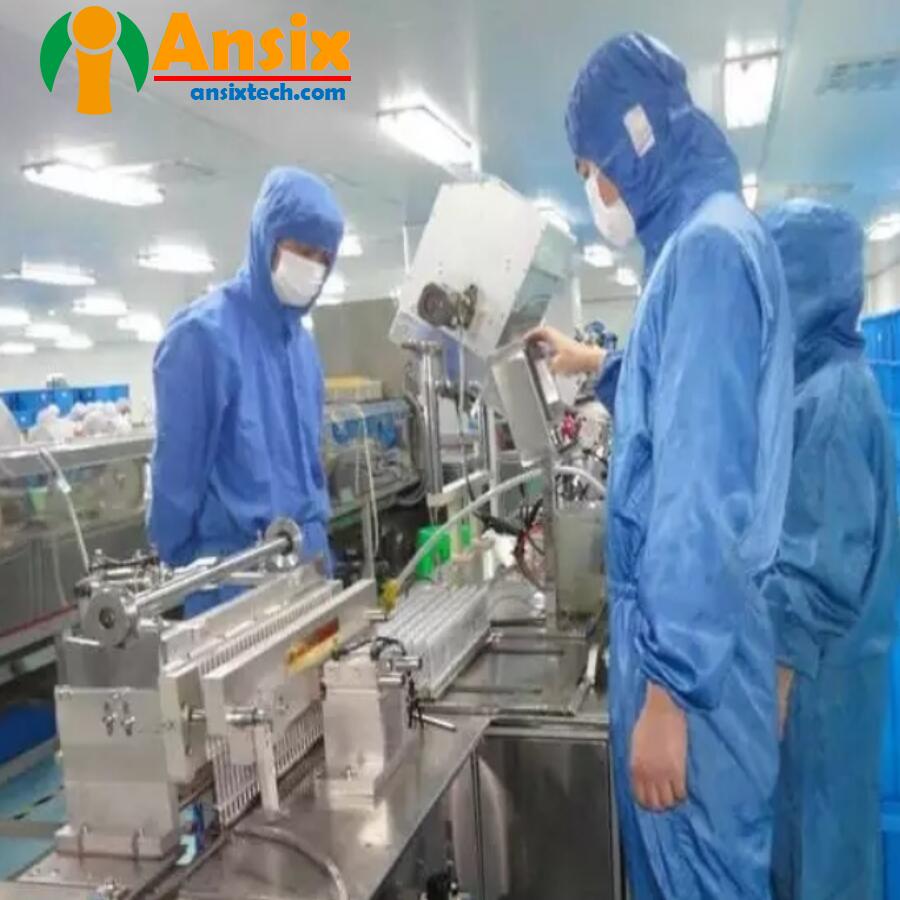
- Wire Options
industrial and other applications. Here are the general steps for developing braided tubing:Determine the needs: First, the specific needs and applications for developing braided tubes need to be clearly defined. This includes pipe diameter, length, material requirements, pressure resistance, chemical resistance, etc.Material selection: Select suitable fiber materials and matrix materials according to needs. Commonly used fiber materials include polyester fiber, polyamide fiber, glass fiber, etc. The matrix material can be polyurethane, polyethylene, polyvinyl chloride, etc.Weaving technology: Determine the weaving technology, including weaving structure, weaving density and weaving angle. The braid structure can be single-layer braid, double-layer braid or multi-layer braid, and the braid density and braid angle will affect the strength and flexibility of the tube.Design and manufacturing: Design and manufacture braided tubes according to needs and process requirements. This includes determining the parameters of the braiding machine, the design and manufacturing of the braiding mold, and the subsequent processing of the braided tube, such as cutting, heat treatment, etc.Quality control: During the manufacturing process, quality control and testing are carried out to ensure that the quality of the braided pipe meets the requirements. This includes checking the size, appearance, strength, etc. of the tubes and conducting necessary testing and certification.Application testing: Conduct application testing on the developed braided tube to verify its performance and reliability. This can include pressure testing, chemical resistance testing, abrasion resistance testing, etc. to ensure that the braided pipe can meet the requirements in actual applications.Developing braided tubes requires comprehensive consideration of factors such as material selection, process design, and quality control. Cooperation and communication with suppliers, manufacturers and users is also key to the successful development of braided pipes.
Reinforced Shafts Secondary Operations
Secondary processing of reinforced shafts refers to further processing and processing on the basis of reinforced shafts to meet specific requirements and applications. Here are some common secondary machining methods for strengthening shafts:Cutting and trimming: As needed, cutting tools (such as saw blades, cutters, etc.) can be used to cut the reinforced shaft to the required length. Then, use a dressing tool (such as a grinding wheel, grinder, etc.) to trim the cut edge to ensure smoothness and accuracy.Drilling and threading: Depending on specific application requirements, reinforced shafts can be drilled and threaded. This can be done with mechanical equipment such as drill presses, milling machines, lathes, etc. to create holes and threads for connection or installation with other components.Surface treatment: The surface of the reinforced shaft can be subjected to various treatments to improve its performance and appearance. For example, surface treatments such as polishing, sandblasting, and anodizing can be performed to improve smoothness, corrosion resistance, and aesthetics.Heat treatment: As needed, the reinforced shaft can be heat treated to change the properties and performance of its material. Common heat treatment methods include quenching, tempering, annealing, etc. to improve strength, hardness and wear resistance.Coating and coating: In order to increase the wear resistance, corrosion resistance and lubricity of the reinforced shaft, it can be coated or coated. Common coatings include chrome plating, zinc plating, polymer coating, etc. to provide additional protection and functionality.Secondary machining to strengthen the shaft needs to be evaluated and implemented based on specific application needs and requirements. Before proceeding with secondary processing, proper design and planning is required, and ensuring that the appropriate tools and equipment are used for processing. In addition, quality control and testing are also important links to ensure the quality of secondary processing of the shaft. If you have any questions about products in the medical field, please send us a message(Email: info@ansixtech.com ) at any time and our team will reply to you within 12 hours.
- Medical Braid & Coil-Reinforced CathetersBraided catheter shafts and tubing by AnsixTechBraided and coil-reinforced conduits are two common reinforced conduit constructions used to provide additional strength and stiffness. They are widely used in catheter applications in medical, industrial and other fields.Braided reinforced conduit is a tubular structure woven from fiber materials. Braided structures can be single, double or multi-layered depending on the strength and flexibility required. Braided reinforced conduits are usually made of flexible materials such as polyester fiber, polyamide fiber, etc. The braided construction provides additional strength and stiffness, allowing the conduit to withstand greater stresses and bends.Coil-reinforced catheters have metal coils embedded inside the catheter. Coils are usually made of high-strength metal materials, such as stainless steel, titanium, etc. Coil-reinforced conduits have higher stiffness and torsional strength, providing better guidance and support. The coil structure also increases the pressure resistance of the conduit, allowing it to withstand higher pressures.The choice of braided and coil-reinforced conduit depends on the specific application needs and requirements. Braided reinforced catheters are often used in applications that require higher flexibility and bendability, such as vascular catheters, infusion catheters, etc. Coil-reinforced catheters are often used in applications that require higher stiffness and guidance capabilities, such as guide wires, pacemaker catheters, etc.It is important to note that the design and fabrication of braided and coil-reinforced conduits should be evaluated and implemented based on specific application needs. Collaboration and communication with suppliers, manufacturers, and adopters is also key to the successful development and application of braided and coil-reinforced catheters.Custom-configured, reinforced shafts up to 38 FrAnsix® Sub-Ultra-Thin-Walls tubing; industry-leading capabilities and tolerancesBraids with optional longitudinal wire reinforcement increase stability and pushabilityLiner options to achieve lubricity, clarity, and cost considerationsCustom-configure tip stiffness and shaft segments to match your applicationBraid configurations and materials customizable for good flexibility, kink resistance, and excellent torque responseCoil configurations and materials customizable for excellent flexibility and kink resistance
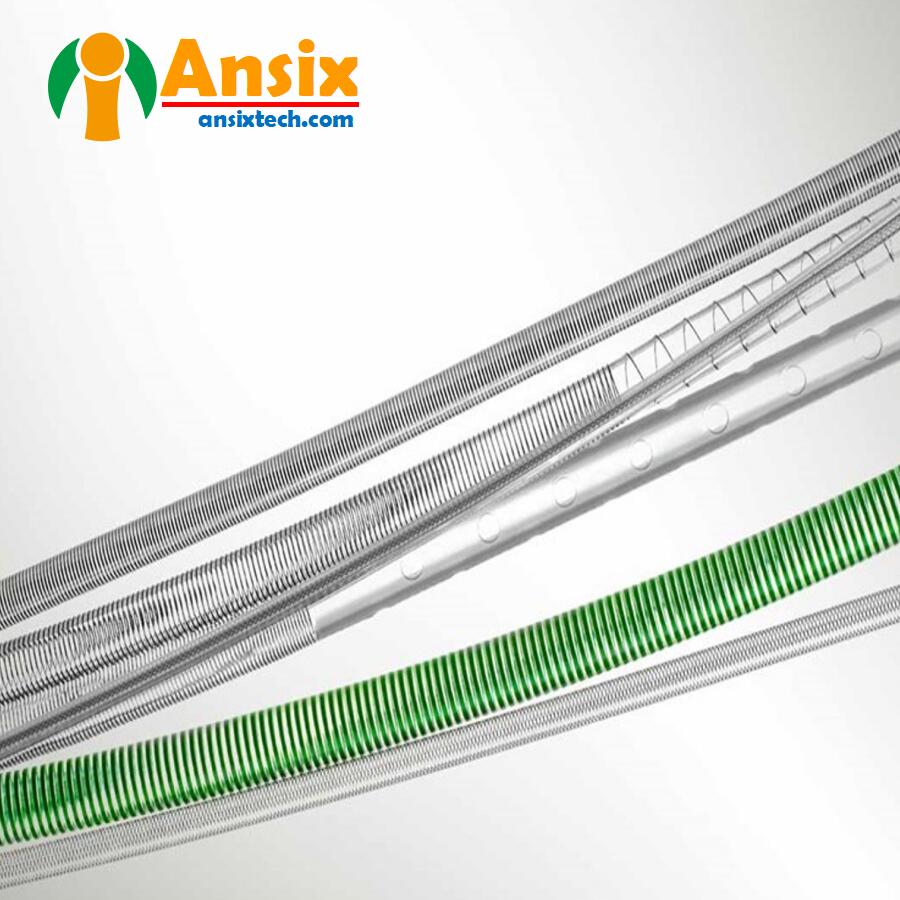
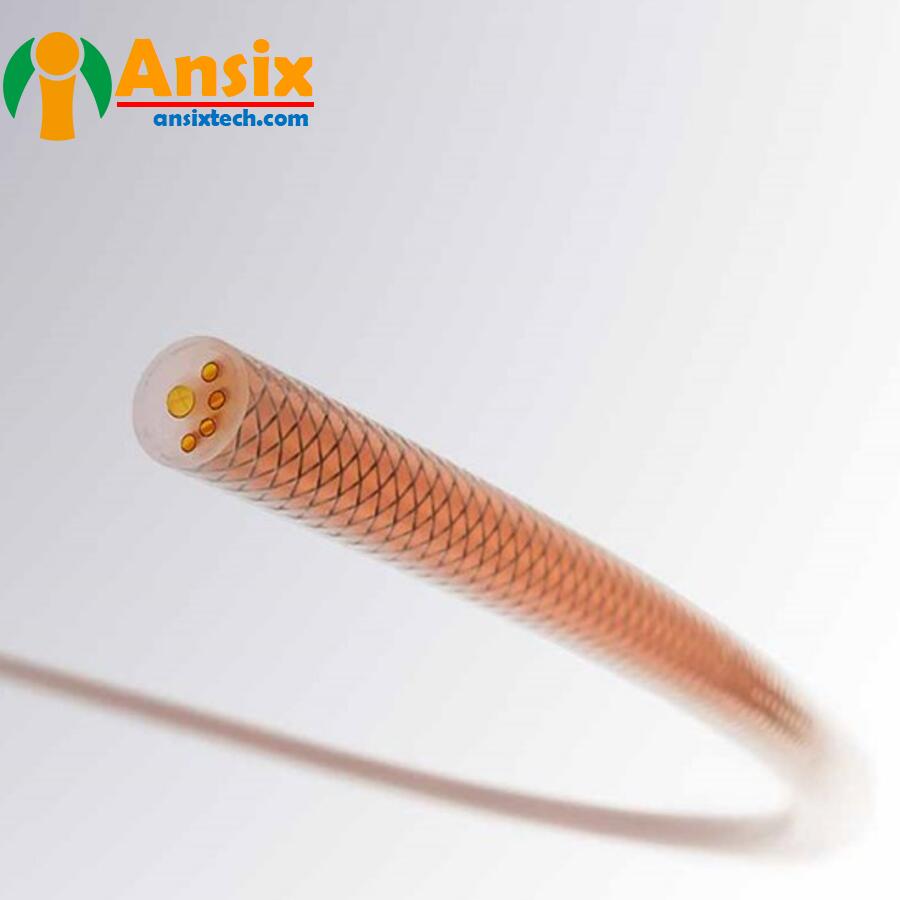
- Medical Tubing Multilumen Delivery Systems
A multilumen delivery system manufactured by AnsixTechOur proprietary processes allow us to manufacture braid- or coil-reinforced multilumen catheters with greater precision and lower cost. These catheters are commonly used in structural heart therapies and electrophysiology devices.Up to 20 lumens, Coil reinforced, PTFE lined, FEP lined, Polyimide linedMay be combined with deflectable catheter designMedical multi-lumen tube delivery system is a tubular structure used in the medical field with multiple independent chambers for delivering different liquids, gases or drugs. Such systems are usually made of flexible materials such as polyurethane, silicone, etc. to allow for easy insertion and manipulation.The design and structure of medical multi-lumen tube delivery systems can be customized to meet specific application needs. Here are some common apps and features:Infusion system: Medical multi-lumen tube delivery system can be used to deliver different types of liquids, such as physiological saline, pharmaceutical solutions, etc. Each chamber can be controlled independently to ensure accurate delivery and control of liquids.Drug delivery system: Multi-lumen tube delivery system can be used to deliver multiple drugs at the same time to meet complex treatment needs. Each chamber can be connected with different medications to ensure accurate delivery and mixing of medications.Gas delivery system: Multi-lumen tube delivery system can be used to deliver gases, such as oxygen, gas mixtures, etc. Each chamber can be connected to a different gas source to meet the patient’s specific needs.Liquid and gas separation systems: In some applications, multi-lumen tube delivery systems can be used to separate liquids and gases. This can be achieved by designing different chamber structures and connections.Monitoring and control system: The multi-lumen tube delivery system can integrate sensors and controllers to monitor and control parameters such as pressure, flow, temperature, etc. during the delivery process. This provides real-time monitoring and feedback to ensure safe and accurate delivery.The design and manufacturing of medical multi-lumen tube delivery systems need to take into account factors such as biocompatibility, material selection, dimensional accuracy, etc. to ensure their safe and effective use in medical environments. In addition, quality control and testing are also important aspects to ensure the quality of multi-lumen tube delivery systems.
Low-Profile Delivery Systems for Medical Tubing
As intravascular reconstruction drives demand for increasingly thinner catheter walls and devices with ultralow profiles, we have the capabilities to design and manufacture devices to meet your needs.Medical Thin-walled Tubing Delivery System is a delivery system used in the medical field, consisting of thin-walled tubular structures. Such systems are usually made of flexible materials such as polyurethane, silicone, etc. to allow for easy insertion and manipulation.Medical tube low-profile delivery systems are designed and constructed to perform the following functions:Liquid delivery: Thin tube delivery systems can be used to deliver liquids, such as physiological saline, pharmaceutical solutions, etc. Its thin-walled structure provides a larger inner diameter for easier fluid flow and delivery.Gas transportation: Thin tube transportation systems can be used to transport gases, such as oxygen, gas mixtures, etc. Its thin-walled structure can provide a larger inner diameter and smaller resistance to facilitate gas flow and transportation.Guide wire and catheter guidance: The thin tube delivery system can be used for the guidance and delivery of guide wires and catheters. Its flexible and thin-walled structure allows it to pass through narrow blood vessels or organs and guide a guidewire or catheter to the target location.Drug delivery: Thin tube delivery systems can be used to deliver drugs, such as liquid drugs, powder drugs, etc. Its thin-walled structure provides a larger inner diameter for easier drug flow and delivery.Monitoring and control system: The thin tube conveying system can integrate sensors and controllers to monitor and control pressure, flow, temperature and other parameters during the conveying process. This provides real-time monitoring and feedback to ensure safe and accurate delivery.The design and manufacture of medical tube thin delivery systems needs to take into account biocompatibility, material selection, dimensional accuracy and other factors to ensure their safe and effective use in medical environments. In addition, quality control and testing are also important aspects to ensure the quality of thin tube conveying systems.CapabilitiesThin-wall, high-pressure dilation balloonsSub-ultrathin-wall extruded tubingEmbedded ultrafine wire-reinforced tubingLow-profile steerable tipsCatheters, liners, and coatingsIf you have any questions about products in the medical field, please send us a message(Email: info@ansixtech.com ) at any time and our team will reply to you within 12 hours.


